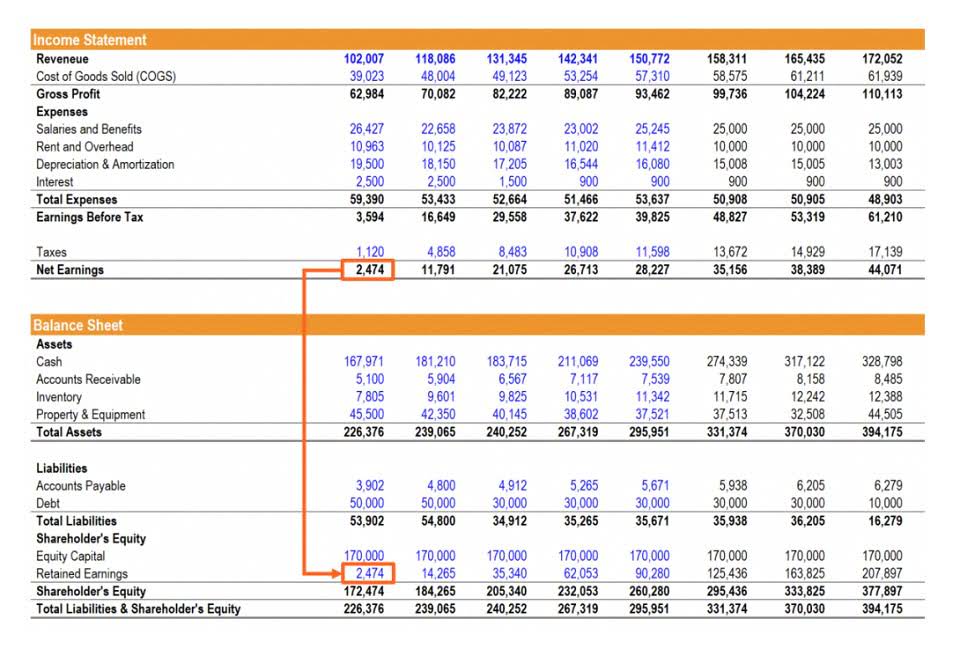How the 50 States Rank By State and Local Tax Rates in 2025
The highest maximum inheritance tax rates are in Kentucky and New Jersey (each at 16 percent), while the lowest rate is in Iowa (2 percent), where the tax is scheduled to be fully repealed next year. Maryland has both an estate tax and an inheritance tax, the only state to impose both after New Jersey completed the repeal of its estate tax. This variable rewards states that remove, or substantially remove, business tangible personal property from their tax bases.
State Individual Income Tax Rates and Brackets, 2015
This variable measures the rate of taxation as levied by the 15 states with a capital stock tax. Legislators have come to realize the damaging effects of capital stock taxes, and a handful of states are reducing or repealing them. West Virginia and Rhode Island fully phased out their capital stock taxes as of January 1, 2015, and Pennsylvania phased out its capital stock tax in 2016. States that create the most tax pyramiding and economic distortion, and therefore score the worst, are states that levy a sales tax that generally allows no exclusions for business inputs. Hawaii, South Dakota, New Mexico, and Washington are examples of states that tax many business inputs.
- In some cases, states authorizing local-level income taxes still keep the level of income taxation modest overall.
- They also tend to protect married taxpayers from being taxed more heavily when filing jointly than they would filing as two single individuals.
- Final consumption goods and services, which could be used for modest base broadeningBase broadening is the expansion of the amount of economic activity subject to tax, usually by eliminating exemptions, exclusions, deductions, credits, and other preferences.
- This is consistent with the findings of Wasylenko and McGuire,21 who found that individual income taxes affect businesses indirectly by influencing the location decisions of individuals.
- Washington scores even better on this metric because it taxes certain capital gains income but does not tax wage and salary income.
- For example, Alabama has a progressive income tax structure with three income tax rates.
TurboTax Online: Important Details about Filing Simple Form 1040 Returns
Many state pages also provide direct links to selected income tax return forms and other resources. It comes as the Bank of England is widely expected to hold interest rates today, in part because of the inflationary impact of wage growth. Whether you prefer high-tax states with robust public services like California or no-tax states like Texas, understanding these differences is essential.
Ranking Individual Income Taxes on the 2023 State Business Tax Climate Index
Additionally, instead of using dummy variables for estate and inheritance taxes (where states were penalized for having these taxes regardless of the rate), we now compare maximum estate and inheritance tax rates and penalize states with higher bequest tax rates. The base subindex now accounts for several additional business inputs, goods, and services, particularly in the digital space. The Index has traditionally penalized states for taxing manufacturing machinery, raw materials, farm equipment, office equipment, industrial utilities, and information services, among others. Now, the category of business inputs has been expanded to include software-as-a-service (SaaS), platform-as-a-service (PaaS), payroll services, and other business-to-business digital goods. Taxing these new business-to-business transactions leads to tax pyramidingTax pyramiding occurs when the same final good or service is taxed multiple times along the production process.
- This subindex is composed of dummy variables listing the different types of property taxes each state levies.
- The Index penalizes states for imposing assessment limitations, which distort property taxation, leading to similar properties facing highly disparate effective rates of taxation and influencing decisions about property utilization.
- Indeed, independent evaluations demonstrated a strong correlation between Index ranks and state economic outcomes.
- The state famous for Mount Rushmore is also proud to be part of the cohort of states with no income tax.
- We are using two variables—employer contribution rates as a percentage of taxable wages and total wages—as part of our actual UI tax rate assessment.
(It often, but not always, resets upon sale or change of use, and sometimes resets when substantial improvements are made.) Rate limits, as the name implies, either cap the allowable rate or restrict the amount by which the rate can be raised in a given year. Finally, levy limits impose a restriction on the growth of total collections (excluding those from new construction), implementing or necessitating rate reductions if revenues exceed the allowable growth rate. The Index penalizes states for imposing assessment limitations, which distort property taxation, leading to similar properties facing highly disparate effective rates of taxation and influencing decisions about property utilization. The new edition of the Index neither rewards nor penalizes rate limitations, which often have very little effect.
Levied on employers when a loan is taken from the federal government or when bonds are sold to pay for benefit costs, these taxes are of two general types. The second is a tax to pay the interest on the federal loan or bond issue. States are not allowed to pay interest costs directly from the state’s unemployment trust fund. Twenty-eight states and the District of Columbia have these taxes on the books, though they fall under several names, such as advance interest tax and bond assessment tax (Colorado) and temporary emergency assessment tax (Delaware).
- The donor, not the recipient of the gift, is typically liable for the tax., and it scores poorly.
- However, it’s important to keep in mind that not everyone pays the highest tax rate and that state income taxes don’t make up the full picture when looking at the overall tax burden.
- Two states, Idaho and Montana, limit the amount of carrybacks (to $100,000 and $500,000, respectively), though they do better than many of their peers in offering any carryback provisions at all.
- Alaska, moreover, forgoes a state sales tax, but does permit local option sales taxes.
- This amounted to some $40 million in sales and excise tax revenue lost in high-tax states.
States with highest average tax refunds
However, Alaska localities are allowed to levy sales taxes and the weighted statewide average of these taxes is 1.82 percent. Allowance of Federal ACRS and MACRS DepreciationDepreciation is a measurement of the “useful life” of a business asset, such as machinery or a factory, to determine the multiyear period over which the cost of that asset can be deducted from taxable income. Instead of allowing businesses to deduct the cost of investments immediately (i.e., full expensing), depreciation requires deductions to be taken over time, reducing their value and discouraging investment.. The vast array of federal depreciation schedules is, by itself, a tax complexity nightmare for businesses. The specter of having 50 different schedules would be a disaster from a tax complexity standpoint. This variable measures the degree to which states have adopted the federal Accelerated Cost RecoveryCost recovery is the ability of businesses to recover (deduct) the costs of their investments.
A handful of states—California, Hawaii, New Jersey, and New York—have established a temporary disability insurance (TDI) program that augments the UI program by extending benefits to those unable to work because of sickness or injury. No separate tax funds state income tax rates these programs; the money comes right out of the states’ unemployment funds. Because the balance of the funds triggers various taxes, the TDIs are included as a negative factor in the calculation of this subindex.






















